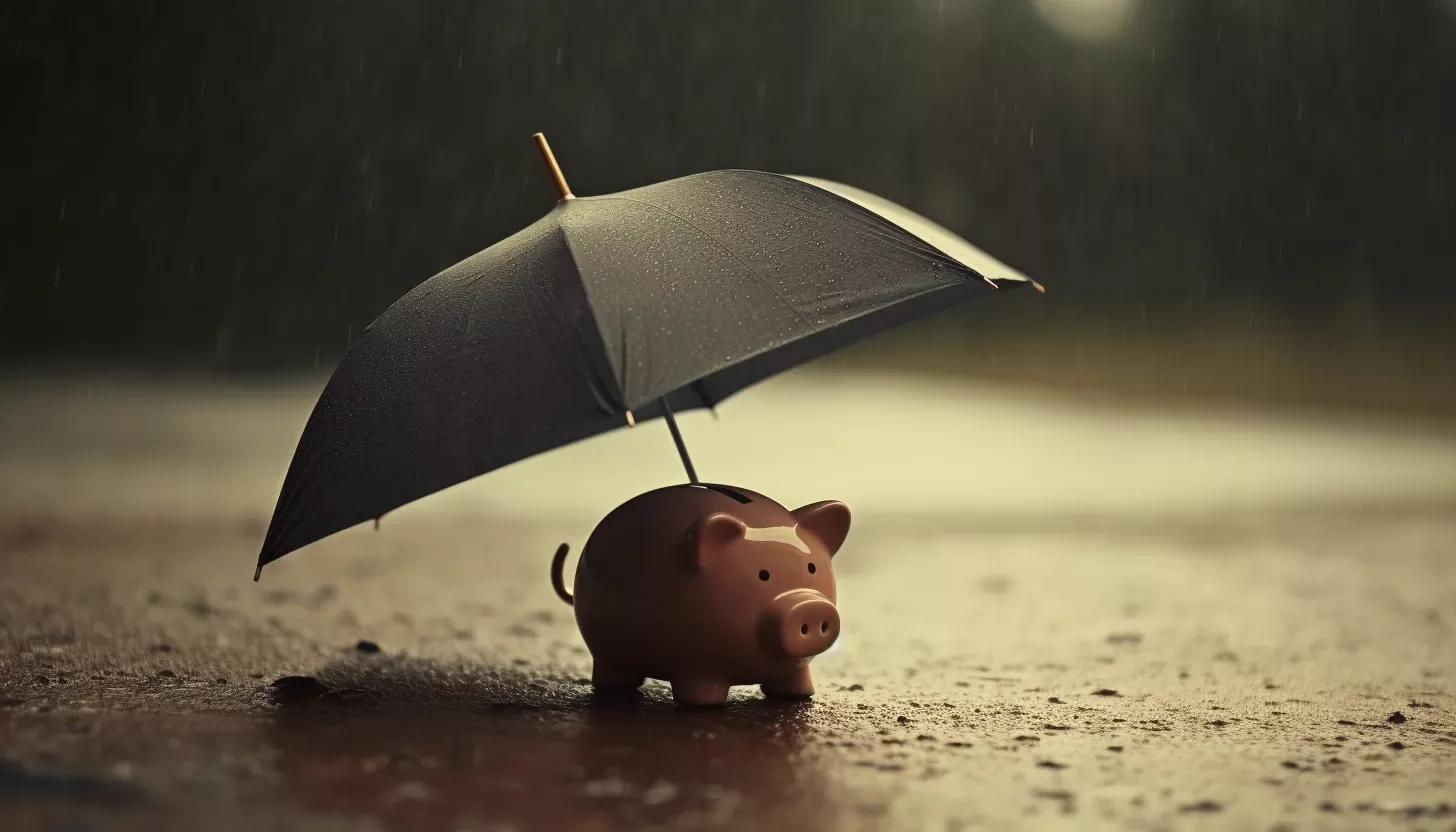How to Create a Rainy Day Fund

Life is full of unexpected surprises, and while some are pleasant, others can lead to financial stress. A rainy day fund, also known as an emergency fund, is a financial safety net designed to cover unexpected expenses or financial emergencies. Having a well-established rainy day fund can provide peace of mind and help you navigate through challenging times without resorting to debt or compromising your financial stability. Here's a comprehensive guide on how to create and maintain a robust rainy day fund.
Identify Your Rainy Day Fund Needs:
The first step in building a rainy day fund is to define what constitutes a "rainy day" for you. This could be anything from an unexpected medical bill, sudden loss of income, or a major car repair. Take some time to reflect on potential scenarios that could disrupt your financial stability. By identifying these potential emergencies, you can determine the amount of money you need to set aside.
Determine Your Savings Goal:
Once you have a clear understanding of your potential emergency expenses, establish a target for your rainy day fund. A common guideline is to save three to six months' worth of living expenses. Consider all your essential costs, such as rent or mortgage payments, utilities, groceries, transportation, insurance, and any other recurring bills. Calculate the total amount you need to cover these expenses for the desired period.
Create a Dedicated Savings Account:
To keep your rainy day fund separate from your daily spending money, open a dedicated savings account. Having a separate account helps you monitor and track your emergency fund's growth more effectively. Look for a high-yield savings account that offers competitive interest rates, as it will help your savings grow faster over time.
Automate Your Savings:
One of the simplest and most effective ways to build your rainy day fund is through automatic contributions. Set up a recurring transfer from your checking account to your dedicated savings account. This ensures that a portion of your income goes directly to your emergency fund without any effort on your part. Even small, consistent contributions can add up significantly over time.
Adjust Your Budget:
Review your monthly budget and identify areas where you can cut back to allocate more funds towards your rainy day fund. Look for discretionary expenses that can be reduced or eliminated temporarily. Consider trimming unnecessary subscriptions, dining out less frequently, or finding more cost-effective alternatives for certain services. Allocate the money saved from these adjustments towards your emergency fund.
Increase Your Income:
If possible, explore ways to increase your income and accelerate the growth of your rainy day fund. Consider taking on part-time work, freelancing, or finding ways to monetize your skills or hobbies. You could also declutter your living space and sell unused items online or participate in local marketplaces. Direct any additional income you generate towards your emergency fund.
Regularly Review and Adjust:
Life is dynamic, and so are your financial needs. Regularly review your rainy day fund to ensure it remains aligned with your current financial situation and goals. As your income, expenses, and financial obligations change, you may need to adjust the target amount of your emergency fund. Also, periodically evaluate your savings strategy to ensure it aligns with your long-term financial plans.
Building a rainy day fund requires time, discipline, and a commitment to your financial well-being. It may take several months or even years to reach your desired savings goal, but the financial security and peace of mind it offers are well worth the effort. Remember, unexpected expenses are a part of life, but by diligently saving for a rainy day, you can confidently face any financial storm that comes your way.

Hi, I'm Arvind Otner, the voice behind Wise Wealth Tips. My mission is to simplify financial ideas, empowering you to make smarter money decisions. Welcome to your journey towards financial literacy...
